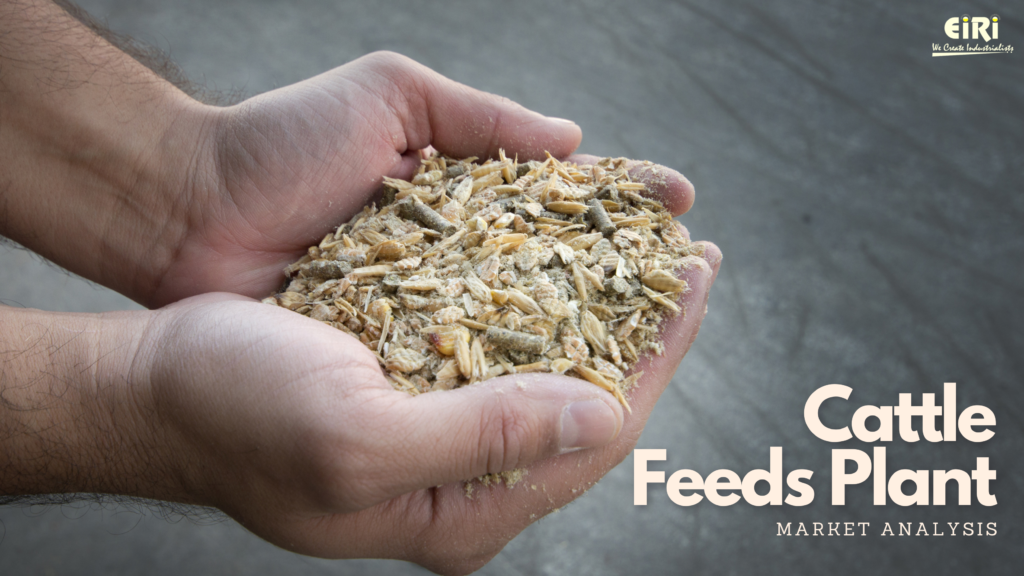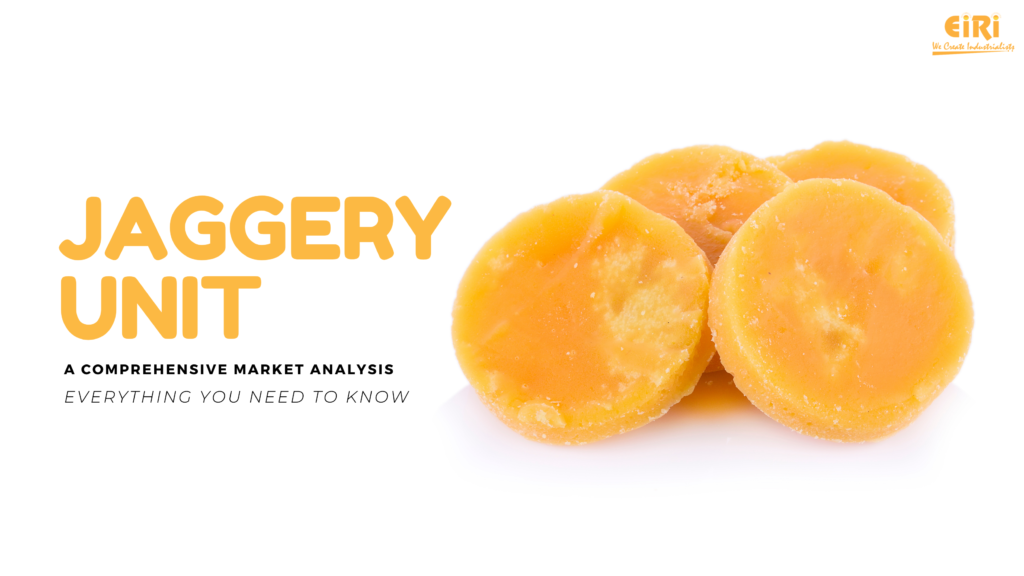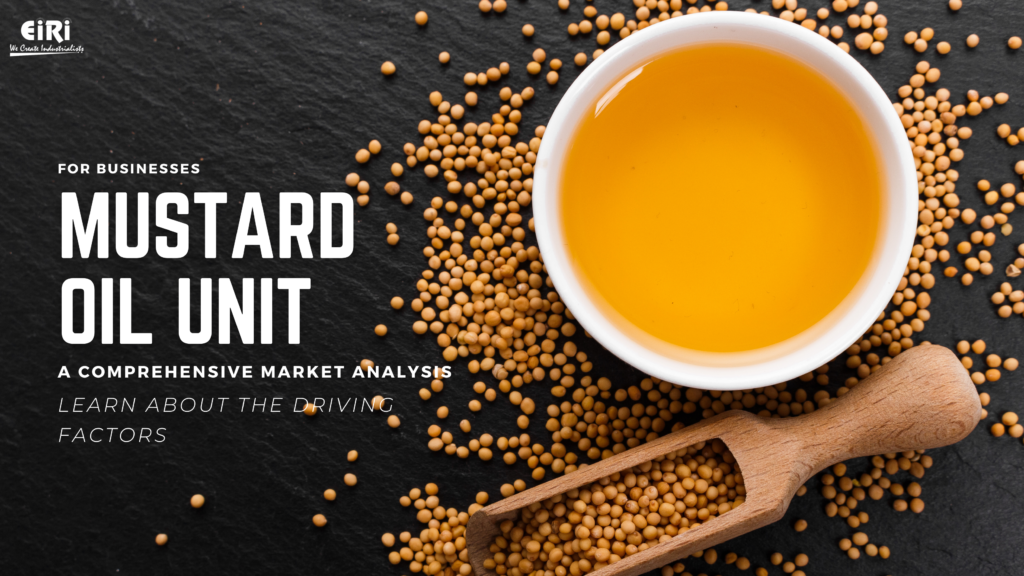The future of Paint and pigment industries in India
Paint and pigments industry in India is growing at high rates these days and expected to reach next levels. As the demands for paints is increasing due to urbanization, manufacturers aim at offering high-quality products in the markets. This will lead to high growth in upcoming years that will improve the economy to a large extent. Industry experts say that the growth can reach up to 43% compared to previous year. On the other hand, they also face some challenges that affect their revenues to a large extent.
The Indian paint industry has two main market segments-industrial and decorative paints. While industrial paints are used for protection against corrosion and rust on steel structures, vehicles, white goods and appliances, decorative paints are used in protecting valuable assets like buildings.
The Indian decorative business has a share of approximately 77% in total sales. In foreign countries 50-70% of the business is from the industrial segment.
The domestic paint industry is estimated to be a Rs 500 billion industry with the decorative paint category constituting almost 75% of this market. The decorative paint market includes multiple categories depending on the nature of the surface like exterior wall paints, interior wall paints, wood finishes, enamels as well as ancillary products like primers, putties, etc.
The trends are likely to shift in India too, but at a slower pace, in favor of industrial paints. The per capita consumption of paint in India is 700 grams versus 19 kg in the U.S. and 2.7 kg and 5.8 kg in other developing countries like China and Brazil. Because consumption relates to affordability, the low Indian figure is not a surprise.
Within the decorative segment, the share of exterior paints is 21%, interior emulsions 11%, distempers 30%, solvent-based enamel paint 36% and wood finishes two percent.
What are the main market sectors?
The Indian paint industry has only two main markets compared to other industries. They include industrial paints and decorative paints that contribute more to India’s economy. On the other hand, the decorative paint industry is now leading because it has a share of 77% approximately in total sales. In fact, the exterior and interior emulsions that come under decorative paints category witnessed high growth rates. Similarly, auto finishes and powder coatings which fall under industrial paints category have shown a huge growth. However, the trends are likely to shift in India at a slower pace.
The organization system
Most paint and pigment industries have a nationwide presence that sells products in various locations across India. At the same time, the unorganized companies are regional that have facilities in and around their location. The distribution system followed by paint companies primarily aims at increasing sales in the markets. With liberalization, they expect a high growth in the markets that will improve the economy to a large extent. There are some painting firms that want to utilize latest innovations in the production for enhancing high productivity levels. Moreover, they aim at fulfilling the expectations of suppliers in the markets while selling their products.
The growth of paint and pigment industries
The paint and pigment industries have only few major players such as Asian Paints, Berger, ICI, Shalimar, etc. Most companies offer a wide range of products for decorative paint industry as well as industry paints. However, some of them working on cutting operational costs to increase their profits significantly. A recent survey says that the growth rates may increase in future markets owing to various factors. Not only that m the paint and pigment industries will provide more jobs in the future with high salaries. This will enable suppliers to sell high-quality products to customers in the markets.
Increasing Demand from the Paints & Coatings
- Paints and coatings account for the largest share of the market and are estimated to be the largest and the fastest growing end-user industry.
- Architectural and decorative coatings account for the largest consumption of pigments in their production. Thus, rising construction and infrastructure activities in Asia-Pacific act as the major driver for the dye and pigment market.
- In addition, the public-private partnership (PPP) projects have also been increasing in the domestic construction sector.
- In India, the infrastructure sector has become one of the major focus areas for the government. In the government’s budget, the construction sector was allotted USD 61.92 billion. The government aims to boost the construction of buildings in the country, for which it has decided to come up with a single-window clearance facility, in order to provide speedy approval for the construction projects.
- All the aforementioned factors, is expected to drive the global market during the forecast period.
Global Pigments Market Future Outlook and Projections
The global pigment industry is expected to grow with a positive CAGR from 2018-2022. APAC region will continue to lead the global pigment market in the future owing to the expected strong growth of the pigment industry in China and India. Robust growth in end users industries such as paints & coatings, plastic, printing ink, construction and other industry will drive the global demand for pigments. The paints & coatings industry is likely to be the major application for pigments owing to rising construction market worldwide. Apart from China and India, the production and export of pigments from other Asia Pacific Countries is also likely to increase.




